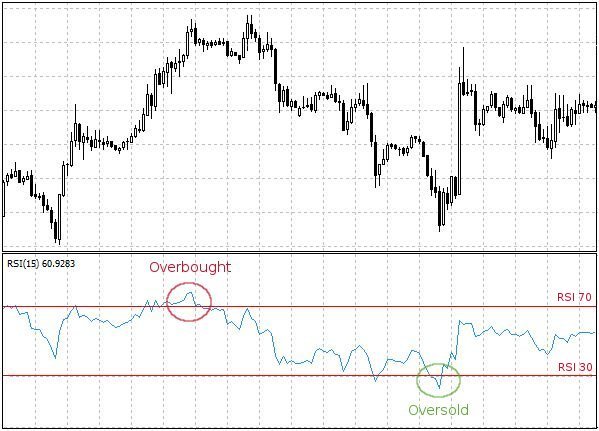How to analyse a company before investing
There are many factors to consider when analyzing a company. Here are some steps you can follow on how to analyse a company before investing :
- Review the company’s financial statements: Look at the company’s balance sheet, income statement, and cash flow statement to get an understanding of its financial health. You can also review key financial ratios, such as the price-to-earnings ratio (P/E), debt-to-equity ratio, and return on equity (ROE).
- Understand the company’s business model: Look at how the company makes money and what its sources of revenue are. Consider the industry it operates in and how it compares to its competitors.
- Analyze the company’s management: Research the management team and board of directors to get a sense of their experience and track record. Look for any red flags, such as insider trading or questionable business practices.
- Assess the company’s growth prospects: Consider the company’s growth potential and whether it has a competitive advantage in its industry. Look at factors such as market demand, technology, and regulatory environment.
- Evaluate the company’s risk profile: Consider the risks associated with investing in the company, such as economic, political, and regulatory risks. You should also consider the company’s level of debt and its ability to pay it off.

Analysing the Balance sheet of a company
Here are some ways to study the balance sheet of a company in India:
- Review the company’s assets, including its cash, investments, and property, plant, and equipment.
- Analyze the company’s liabilities, including its short-term and long-term debt.
- Calculate the company’s working capital, which is the difference between its current assets and current liabilities.
- Evaluate the company’s liquidity, which is its ability to meet its short-term obligations.
- Examine the company’s debt-to-equity ratio, which measures the proportion of debt and equity financing it uses to fund its operations.
- Review the company’s cash flow statements to see how it generates and uses cash.
- Analyze the company’s profitability, including its net income and return on investment..
- Look at the company’s market share and competitive position within its industry.
- Examine the company’s market value and its price-to-earnings ratio.
- Look at the company’s dividends and its dividend payout ratio.
- Analyze the company’s financial statements over time to see how it has performed and whether it is improving or deteriorating.
- Compare the company’s financial statements to the previous years, quarters or months as well as with those of its peers and industry benchmarks.
- Consider the company’s risk profile, including its level of debt and its ability to handle economic downturns.
- Review the company’s capital structure, including its debt-to-equity ratio and the types of financing it uses.
- Analyze the company’s capital expenditures, including its investments in new assets and its ability to maintain and upgrade its existing assets.
- Look at the company’s balance sheet ratios, such as the current ratio and quick ratio, to assess its financial health.
- Review the company’s inventory management, including its inventory turnover ratio and its level of excess inventory.
- Consider the company’s accounts receivable, including its accounts receivable turnover ratio and its level of overdue payments.
- Analyze the company’s accounts payable, including its accounts payable turnover ratio and its level of overdue payments to suppliers.
- Review the company’s fixed asset turnover ratio, which measures how efficiently it uses its fixed assets to generate sales.
- Look at the company’s return on assets ratio, which measures the profitability of its assets.
- Consider the company’s return on equity ratio, which measures the profitability of its shareholders’ equity.
- Analyze the company’s debt service coverage ratio, which measures its ability to make its debt payments.
- Review the company’s cash conversion cycle, which measures the time it takes to convert its inventory into cash.
- Look at the company’s free cash flow, which measures its ability to generate cash after accounting for capital expenditures.
- Consider the company’s cash balance and its cash management practices.
- Analyze the company’s solvency, including its ability to meet its long-term obligations.
- Review the company’s financial statements in the context of its industry and the broader economy to gain a more complete understanding of its financial health.
Analysing the statement of profit and loss

Here are some ways to study the statement of profit and loss (also known as the income statement) of a company in India:
- Review the company’s revenue, including its sales and other sources of income.
- Analyze the company’s costs, including its cost of goods sold, selling, general, and administrative expenses, and research and development expenses.
- Calculate the company’s gross profit, which is its revenue minus the cost of goods sold.
- Evaluate the company’s operating profit, which is its gross profit minus its selling, general, and administrative expenses.
- Examine the company’s net income, which is its profit after accounting for all of its expenses and taxes.
- Review the company’s margins, including its gross margin, operating margin, and net margin.
- Analyse the trend of sales as well as expenses with regard to the previous years. quarters or months as well as its peers and industry standards.
- Analyze the company’s profitability, including its return on investment and return on equity.
- Consider the company’s solvency, including its ability to meet its long-term obligations.
- Analyze the company’s expenses, including its cost of goods sold, selling, general, and administrative expenses, and research and development expenses, as a percentage of its revenue.
- Review the company’s expenses in the context of its industry and the broader economy to gain a more complete understanding of its financial performance.
- Look for any one-time or non-recurring expenses that may have impacted the company’s profits.

How to analyse a company before investing
Also read : Analysing the cash flow of a company










